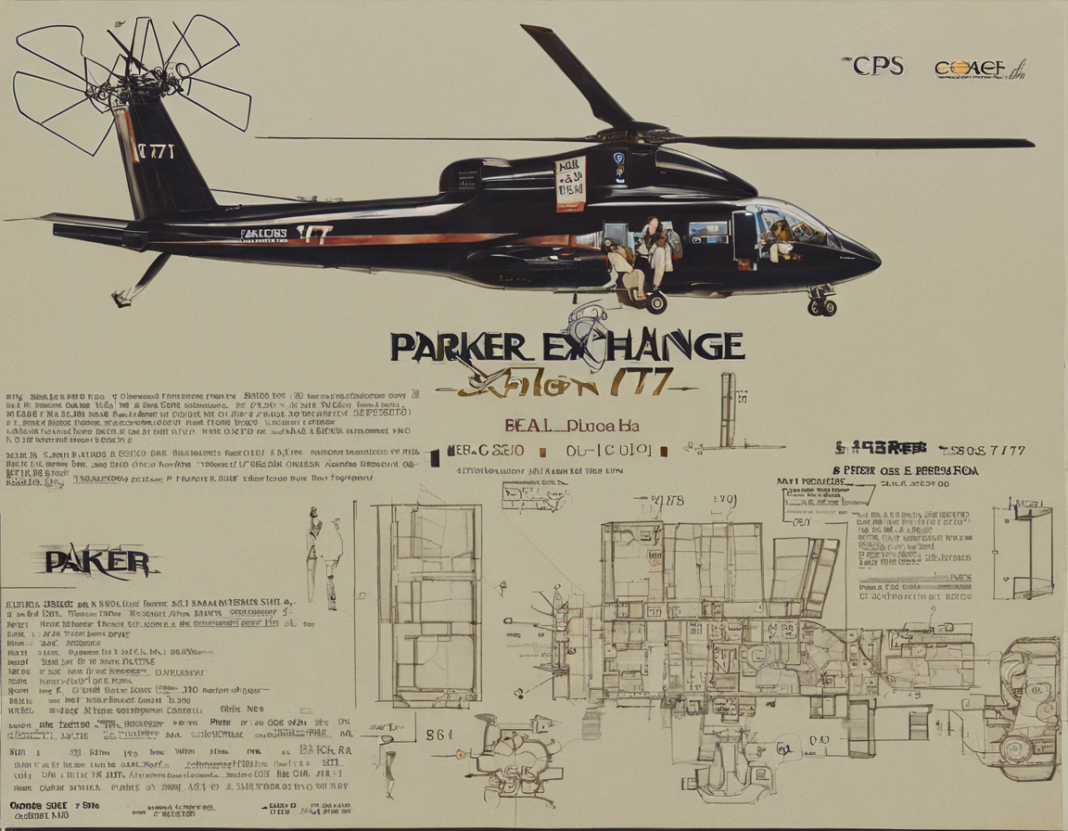When it comes to boosting efficiency and improving operations within the realm of building automation, Parker Exchange 777 emerges as a top-tier solution sought by industry professionals globally. With its cutting-edge features and unparalleled capabilities, this system has revolutionized the way various facilities are managed and maintained. In this comprehensive guide, we delve into the various aspects of Parker Exchange 777 to illustrate its benefits, functionalities, and implementation strategies, catering to both novices and seasoned professionals within the field.
Understanding Parker Exchange 777
Parker Exchange 777 is a sophisticated building automation system that integrates various technologies to provide a centralized platform for monitoring and controlling a wide range of building functions. From HVAC systems to lighting, security, and energy management, this system offers a holistic approach to facility management, enhancing operational efficiency and reducing overall costs. By leveraging state-of-the-art sensors, actuators, and communication protocols, Parker Exchange 777 enables real-time data collection, analysis, and decision-making to optimize building performance.
Key Features of Parker Exchange 777
-
Scalability: One of the standout features of Parker Exchange 777 is its scalability, allowing seamless integration with both small and large-scale building infrastructures. Whether you’re managing a single facility or a network of buildings, this system can adapt to your requirements.
-
Remote Accessibility: With the rise of remote working and management, Parker Exchange 777 offers remote accessibility, enabling users to monitor and control building functions from anywhere with an internet connection. This feature enhances convenience and flexibility in facility management.
-
Energy Efficiency: By incorporating advanced energy management algorithms and real-time monitoring capabilities, Parker Exchange 777 helps optimize energy consumption, leading to significant cost savings and reduced carbon footprint.
-
Automation: The automation capabilities of Parker Exchange 777 streamline routine tasks, such as scheduling HVAC operations, adjusting lighting levels, and managing security protocols. This automation not only enhances operational efficiency but also frees up valuable time for personnel to focus on strategic initiatives.
-
Data Analytics: Utilizing data analytics tools, Parker Exchange 777 enables users to gain actionable insights into building performance, occupant behavior, and system efficiencies. This data-driven approach empowers informed decision-making for continuous improvement.
Implementing Parker Exchange 777
Implementing Parker Exchange 777 involves a systematic approach to ensure a seamless transition and optimal utilization of its features. Here are some key steps to consider:
-
Assessment: Conduct a comprehensive assessment of your current building infrastructure, operational needs, and long-term goals to determine how Parker Exchange 777 can align with your objectives.
-
Planning: Develop a detailed implementation plan outlining the scope of work, resource requirements, timeline, and milestones to track progress effectively.
-
Installation: Work closely with trained professionals or service providers to install the necessary hardware components, configure software settings, and establish communication protocols for seamless integration.
-
Training: Provide training sessions for staff members to familiarize them with the functionalities of Parker Exchange 777 and ensure they can maximize its potential in day-to-day operations.
-
Optimization: Continuously monitor and optimize the system based on performance metrics, user feedback, and industry best practices to ensure ongoing improvements and efficiency gains.
Frequently Asked Questions (FAQs) about Parker Exchange 777
Q1: What industries can benefit from implementing Parker Exchange 777?
A: Parker Exchange 777 is applicable across a wide range of industries, including commercial buildings, healthcare facilities, educational institutions, industrial complexes, and government agencies.
Q2: How does Parker Exchange 777 enhance occupant comfort?
A: By providing precise control over environmental conditions, such as temperature, lighting, and air quality, Parker Exchange 777 creates a comfortable and productive indoor environment for occupants.
Q3: Can Parker Exchange 777 help reduce maintenance costs?
A: Yes, by enabling predictive maintenance through real-time data monitoring and analysis, Parker Exchange 777 helps prevent equipment failures and reduces overall maintenance expenses.
Q4: Is Parker Exchange 777 compliant with industry standards and regulations?
A: Yes, Parker Exchange 777 adheres to industry standards and regulations to ensure the safety, security, and reliability of building systems and operations.
Q5: What sets Parker Exchange 777 apart from other building automation systems?
A: The comprehensive features, scalability, remote accessibility, and advanced data analytics capabilities of Parker Exchange 777 distinguish it as a cutting-edge solution in the building automation industry.
In conclusion, Parker Exchange 777 stands out as a game-changer in the realm of building automation, offering unparalleled benefits, functionalities, and efficiencies for various industries. By understanding its key features, implementation strategies, and the potential it holds for optimizing building operations, organizations can unlock a new era of smart and sustainable facility management.




